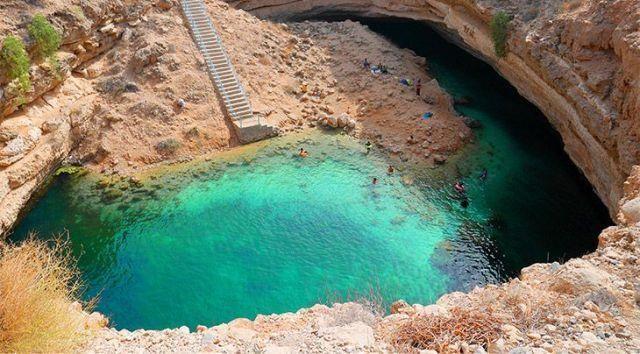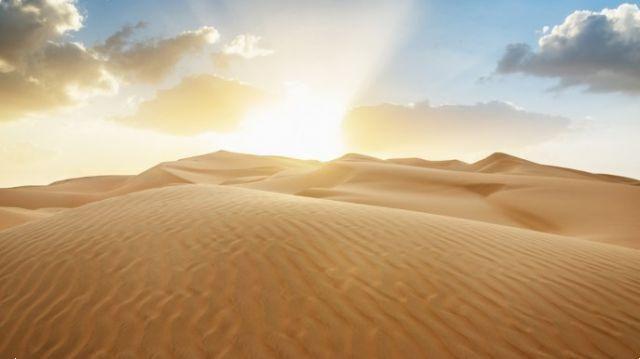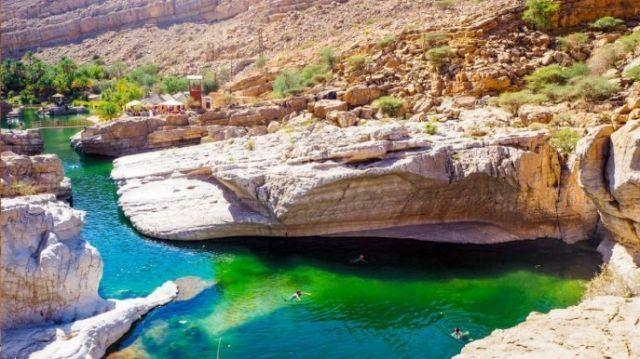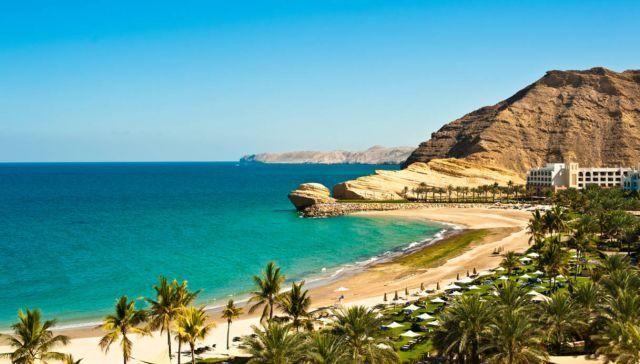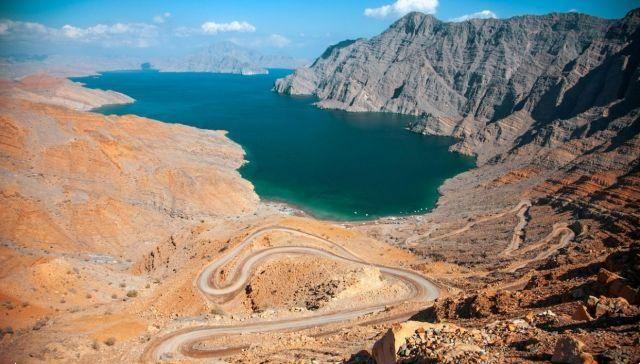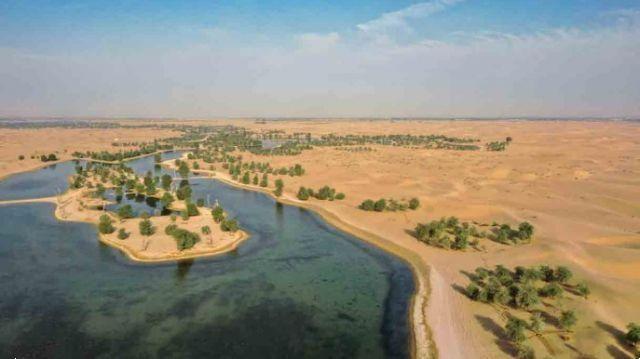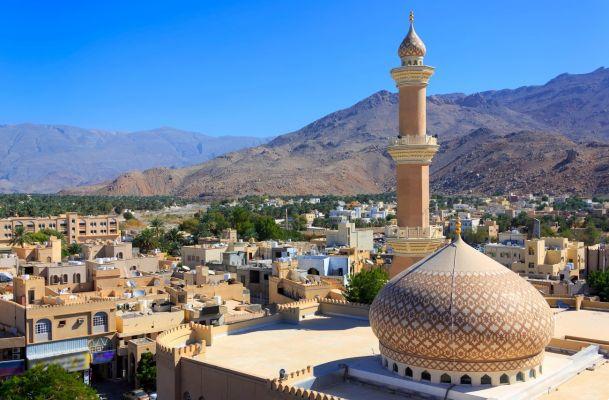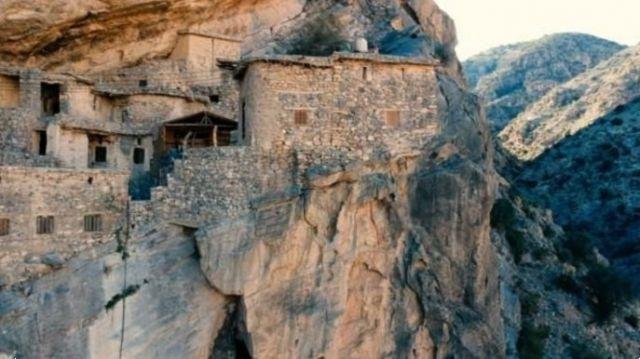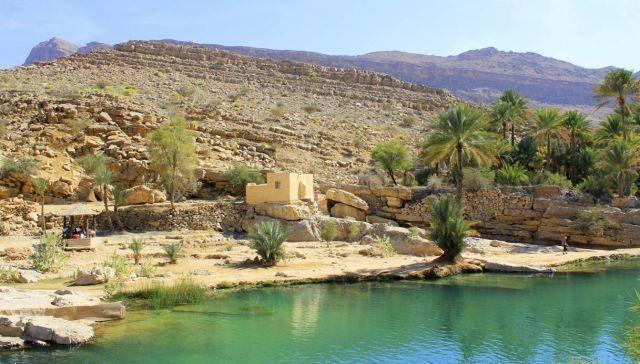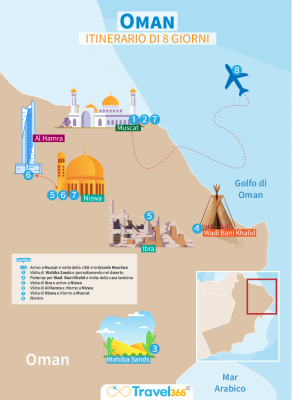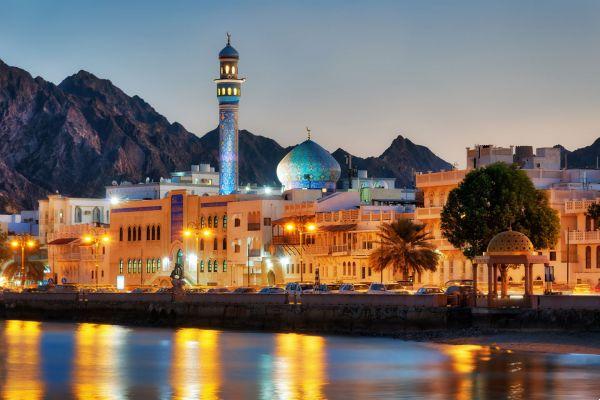 On holiday in Muscat, Oman, an ancient city of navigators, proud of its past but with a completely new look.
On holiday in Muscat, Oman, an ancient city of navigators, proud of its past but with a completely new look.
Fortresses and museums and then the mosque and the royal palace. Ancient city of navigators, Muscat today it presents itself proud of its past but with a completely new look. That of a dynamic tourist reality that faces the world. In this guide we will discover some of the many things to see in the capital of Oman.
Among the most beautiful monuments of all is the Sultan Qaboos Grand Mosque. Commissioned in 1992 by Sultan Qabus ibn Said, the great mosque is a world-class building. The prayer room is a 74 meter square and its floor is covered with a slightly smaller carpet. It is the third largest mosque in the world. Almost the entire complex is open to non-Muslim tourists. Don't miss the Swarovski crystal chandelier, the giant handmade Persian carpet (the second largest in the world) and the marble covering.
Then there is the Forte al Jalali, in Qasr Al Alam Street. Built as a prison in the rocky mountains during the 16th century (during the Portuguese occupation of Oman), it has been converted into a museum dedicated to the country's cultural heritage. It is usually closed to the public, but you can go up to admire the splendid view. Then there is the Al Mirani fort, built in the same period as the Al Jalali fort and with the exact same function, this too is closed and can only be admired from the outside.
Magnificent in all its grandeur is Proyal palace Qasr Al Alam, the office of the Qabus of Oman (sultan and prime minister). A marvelous palace that stands on a deep water harbor and protected on both sides by the Mirani and Jalali forts. No tourists are allowed to enter the building. It is only permitted to take photographs at the entrance.
In Muscat there are many museums. Visit the Bait al Zubair Museum, on the history of Oman, the Omani French Museum, a small exhibition space which tells in detail the link between Oman and France and contains numerous colonial objects dating back to the 19th century, the Muscat Gate museum which contains finds and installations that trace the history of Oman from the Neolithic to the present day. And finally the Baut Muzna Gallery, which displays works of art by local artists or those working in Oman.
Once a fishing village, the area mutrah it is mainly known for its village and its seafront. And always in the port you can admire the yacht of the Sultan of Oman. Then there is the recently redeveloped corniche area, a popular area for walking where there are also numerous restaurants (including takeaways for a reasonable price). From the panoramic road you can also see the fishermen's boats, the dhows, traditional Arab sailing boats with one or more triangular sails.
Do not miss the fish market, where tourists can watch fishermen unload and sell freshly caught fish (and maybe make some great purchases). Nearby, you can admire the Mutrah fortress, built by the Portuguese in 1580 which controls access to the port (it cannot be visited inside), and the Portuguese watchtower which dates back to the colonial period.
The fortress is an ancient structure now renovated from which you can enjoy an excellent view of the sunset. The Souq watchtower, also renovated, is closed to the public but the hill on which it stands can be reached on foot to admire the view of Mutrah. Also not to be missed Riyam Park where there is a play area with rides. From the large incense incinerator on the hills of the park you can enjoy an excellent view of the bay and the city.
There are various museums here too. Like Bait al Baranda Museum a house from the 30s where an exhibition of the history of Muscat (prehistory and ethnography) is set up; and the Ghalya Museum of Modern Art consisting of several buildings and divided into several sections. The old house features the furnishings of a typical Omani house between 1950 and 1970, that is, before Sultan Qaboos came to power. In the clothing museum you can admire the typical costumes of the Omani tradition, while in the modern art museum there is a permanent exhibition with works by modern artists.
Stop in the main Ruwi area economic district of the city. Here you will find the Muscat Numismatic Museum (interesting exhibitions on Omani currency with many examples of coins and banknotes), the National Museum, which contains copper craft objects, silver ornaments and scale reconstructions of Omani ships, with the section dedicated to the Al Busaidi dynasty. Then there is the Sultan's Armed Forces Museum housed in a royal summer residence from 1845 on the history of Oman and the relations of Oman and its military history. Also not to be missed isAquarium and Muscat marine science center which hosts a wide range of marine species with particular attention to those in danger of extinction.
Finally, at the Bustan roundabout you must visit the sohar boat, a vessel built in the Dhow shipyards. In 1980 Tim Severin with an Omani crew sailed on this ship from Oman towards Guangzhou in China in the footsteps of the legendary voyage of Sinbad the sailor.
From the Al Qurm area to the Seeb area, move along the wonderful coastal road which, in addition to hosting the many international chain hotels, allows you to admire the beauty of the Omani coast, its kilometers of beaches, with fishermen with their nets and the wide spaces in which to walk immersed in nature.
Muscat offers tourists an excellent choice of hotels, many of which are luxury. Among the most renowned is the Shangri-La with its private beach, a splendid spa and an outdoor area reserved for those who want to smoke the typical shisha in company.




